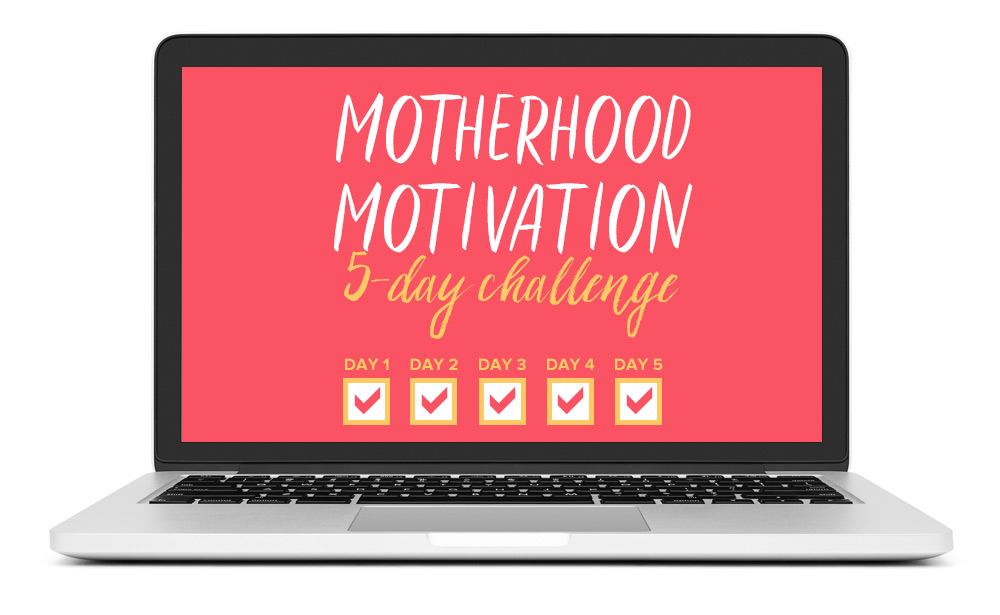When Your Baby Pulls Back to a Shallow Latch
Breastfeeding can be a painful experience when your little one refuses to latch deeply. Learn what to do when the baby pulls back to a shallow latch.

I knew how important a correct latch was to successful breastfeeding… except my baby didn’t exactly get the memo.
He started with a proper latch, but after a minute or two, pushed back and slid into a shallow one. He kept unlatching even though he was still hungry and would even close his mouth tight, making it difficult to slip my finger in to break the suction.
Thankfully, I learned a few tricks and positions to correct a shallow latch. Take a look at these tips to see if they can work for you. As one parent said about the article:
“This was a very helpful article! I’m having exactly this problem and using your tips is helping prevent my baby slipping into a shallow latch. Thank you!” -Ekaterina
Table of Contents
Slow a fast milk flow
One of the biggest reasons your baby’s latch is shallow may be because of an oversupply of milk. With a quick letdown, she’d rather pucker her lips and take a few sips than feel like she’s guzzling so much.
A simple trick is to nurse her reclined. Sit on a recliner or chair that allows you to lie down at a slight angle. Then, place her on top to nurse, using gravity to help her develop a deep latch. And since milk won’t be gushing out at this angle as much, she might feel less inclined to slip back to a shallow one.
Another way to handle a heavy milk supply is to hand express or pump before you nurse your baby.
The shower is a perfect place to hand express milk, with easy cleanup and the warmth of the shower to help. Or, you can also pump for a few minutes on each breast to help ease the engorgement that could be contributing to the shallow latch.
Free email challenge: Feeling stuck in motherhood? Sign up for the Motherhood Motivation 5-Day Challenge! You’ll get one actionable tip a day that can make you think (and act) about motherhood differently. You’ll also get my newsletters, which parents say they LOVE:
“I love your emails! I recommend them to whoever will hear me out.” -Jeanette
Pull your baby’s chin down
One way to get your baby to open wide for a latch is through adjusting her chin.
With a shallow latch, her chin and mouth are closed tighter than if her mouth and jaw were wide open. To help her develop a deep latch, pull her chin down to encourage her to open her mouth.
Slip your finger between her chin and your breast and gently pull her chin down. This can hopefully give you more room to insert more of your breast into her mouth.

Use the exaggerated c-hold position
Certain breastfeeding holds can help your baby have a deeper latch. The exaggerated c-hold is one example.
Cup your breast with your hand, with your thumb at the top and the rest of your fingers beneath. Make sure that your fingers are outside the areola (the dark part of your breast) as this is where you want her mouth to go.
Then, “push” your breast down with your thumb, and with the other fingers, pull and lift the nipple, as if it’s pointing upward. This makes the entire areola more accessible for a deeper latch. It can also help to hold your baby’s head and neck with your other hand in place and prevent her from pulling back to a shallow latch.
Lastly, make sure that her stomach is pressed against your tummy instead of facing up. She should be facing you, not the ceiling.
Practice the sandwich hold
Imagine your breast as a sandwich and your baby about to take a bite of it. Just as you wouldn’t nibble on a sandwich, neither should he.
Instead, “flatten” your breast as if it were a sandwich, and make sure that his mouth is wide open to take it in. His lower jaw and bottom lip should be beneath the base of the sandwich. And flattening it a little can also prevent his lips from pursing together.
You can try this with a football hold or a cross cradle one. And have a nursing pillow handy so that you have the proper support to focus on the latch (and not on carrying him).
Dry your breast and your baby’s mouth
For some moms, slipping back to a shallow latch happens because the surface is too wet. To make this less likely, pat your breast dry before you nurse so that your baby’s mouth is more likely to stay in a deep latch.
Then, give her lips a quick pat with a burp cloth as well. With a drier breast and mouth, she can hopefully stay latched onto more of your breast than slipping back to your nipple.
Conclusion
The breastfeeding journey may not have been as easy as you imagined, especially with a shallow latch. Thankfully, with the tips you just learned, you can finally breastfeed successfully with a correct latch—even if your baby didn’t exactly get the memo at first.
Get more tips:
- When Breastfeeding Hurts (Even with a Good Latch)
- 4 Reasons Your Baby Never Seems Satisfied After Breastfeeding
- When Does Breastfeeding Stop Hurting?
- When Your Baby Nurses for an Hour and Is Still Hungry
- Baby Feeding Every Hour (And Not Sleeping, Either)?
Don’t forget: Join my newsletter and sign up for the Motherhood Motivation 5-Day Challenge below:

